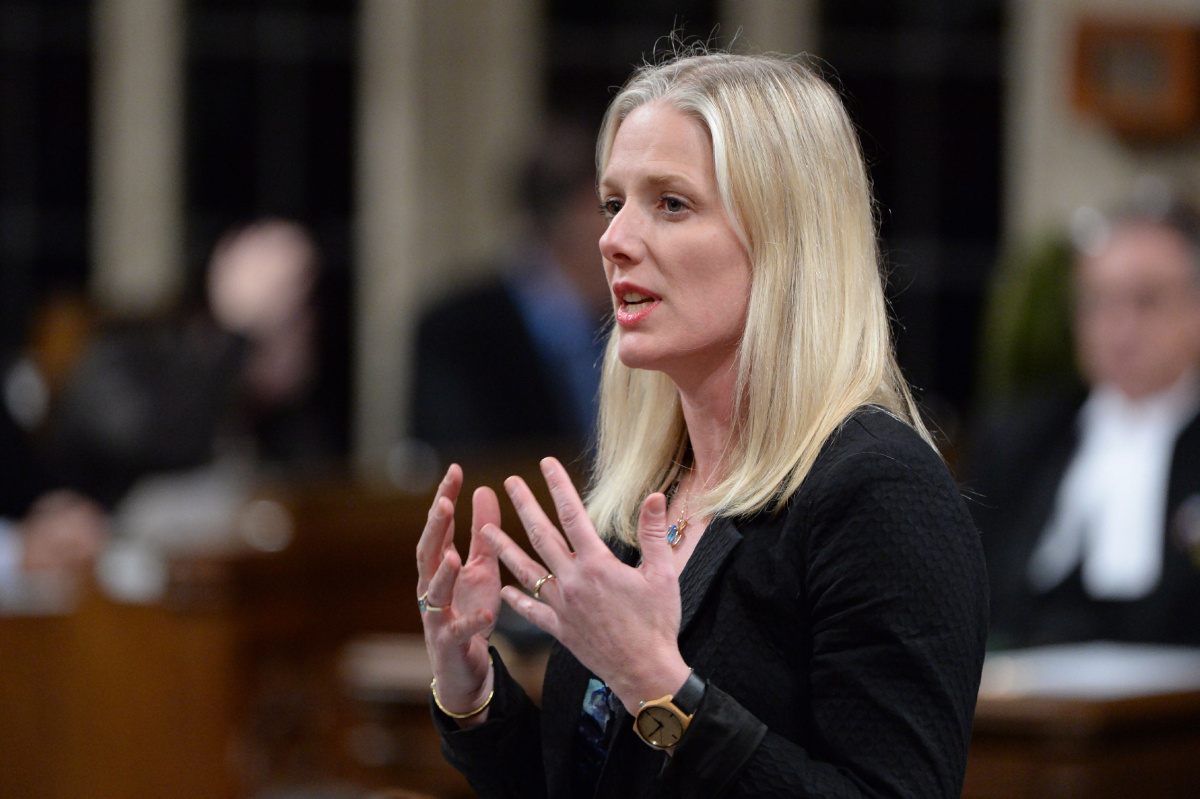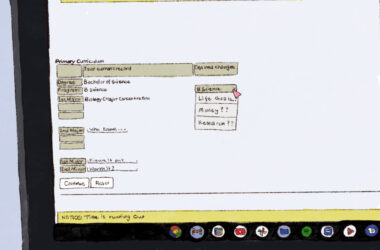“We [are] all united in our commitment to stepping up in the fight against climate change, to ensuring that we have a Canadian approach to climate change,” Prime Minister Justin Trudeau said in a press conference last November.
While Liberal government has made many statements on climate change, until now, there had been very few concrete strategies proposed.
To limit the private sector’s dependency on fossil fuels, Canada’s federal government plans to implement a minimum carbon price for provinces that do not have adequate carbon pricing schemes. The Canadian Minister of Environment and Climate Change, Catherine McKenna, said on Sept. 18th to CTV’s podcast Question Period that the federal government will present these plans to Parliament in early fall.
The Globe and Mail explained that the minimum carbon price that will be enacted would try to reach the United Nations’ 2030 goal of lowering greenhouse gas emissions to 30 per cent below 2005 levels.
According to the CBC, there are currently only four provinces that either have or plan to have a carbon pricing scheme. British Columbia and Alberta have a carbon tax scheme while Quebec and Ontario have a plan to implement a cap-and-trade system.
“Any system that puts its price on carbon is going to have the same exact effect,” Assistant Professor Christopher Barrington-Leigh of McGill’s School of Environment said. “So, the mechanics of whether it’s just a tax where everybody knows what the price is or it’s a cap where everybody knows what the amount of emissions is, […] in the end, they have a lot of similarity and to the extent that you can guess the price and what the price [is going to be] in the future, then they have the same incentive for businesses.”
The plan to have a minimum carbon price attracts criticism from all sides. Environmentalists believe that the Liberal Party’s carbon pricing plan is unambitious and that the federal government should set a higher target.
“To pick a target in 2016 that is the same one left behind by [former Conservative Prime Minister] Stephen Harper, that doesn’t fall due until 2030, is irresponsible and is an abandonment of leadership,” Green Party Leader Elizabeth May told The National Post.
The Liberals have responded that Harper’s government created the targets with no accompanying plan to reach their goals. The new carbon pricing scheme, by contrast, presents specific actions to reach the carbon level target.
Conservatives, on the other hand, believe that the government enacting a minimum carbon price shows that they have completely abandoned coordinating with provinces on carbon policy. The fiercest opposition comes from Saskatchewan Premier Brad Wall, who not only believes that the Liberals have abandoned their cooperation with provincial governments, but also are antagonizing the already struggling energy sector.
Meanwhile, Barrington-Leigh believes that imposing a clear federal pricing scheme would increase the transparency and clarity of incentives for private companies. The federal pricing scheme would make it easier for companies to look to more renewable energy sources while still reaching their emissions-reduction targets.
“You have huge amounts of capital [to] invest in […] multi-billion dollar projects,” Barrington-Leigh said. “Energy companies are diversifying, so if the incentives were clearer and stronger to invest in renewables, then that capital and the labour forces would be shifting smoothly and more gradually in the way they should. The less smooth and gradual it is the more […] the public will have to bear the cost of retraining [….] Then you would have more waste, layoffs, and capital doing the wrong thing.”
Despite the controversy surrounding a minimum carbon price, the Liberals plan to implement the policy before COP22, the United Nations summit in Morocco, in early November.
A previous version of this article incorrectly stated that Christopher Barrington-Leigh is an Associate Professor. In fact, he is an Assistant Professor. The Tribune regrets this error.
Podcast: Play in new window | Download









